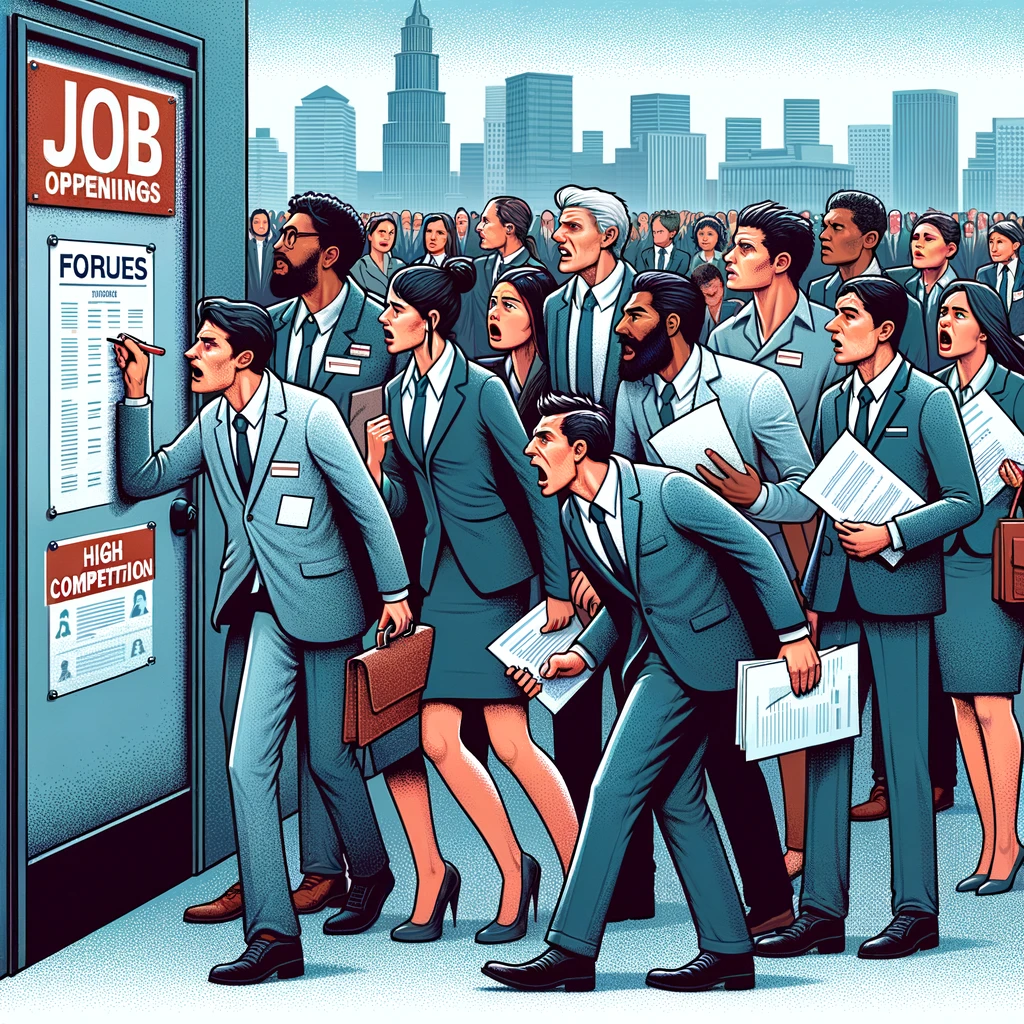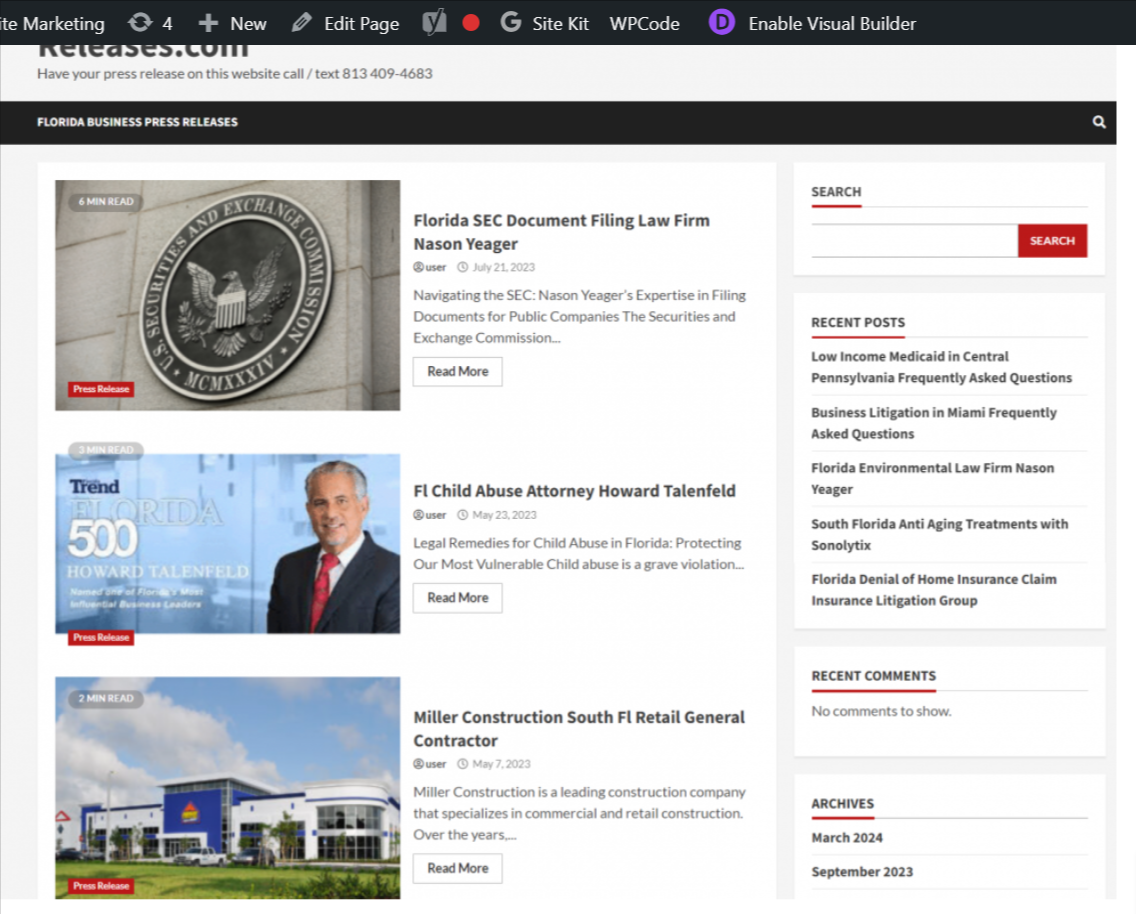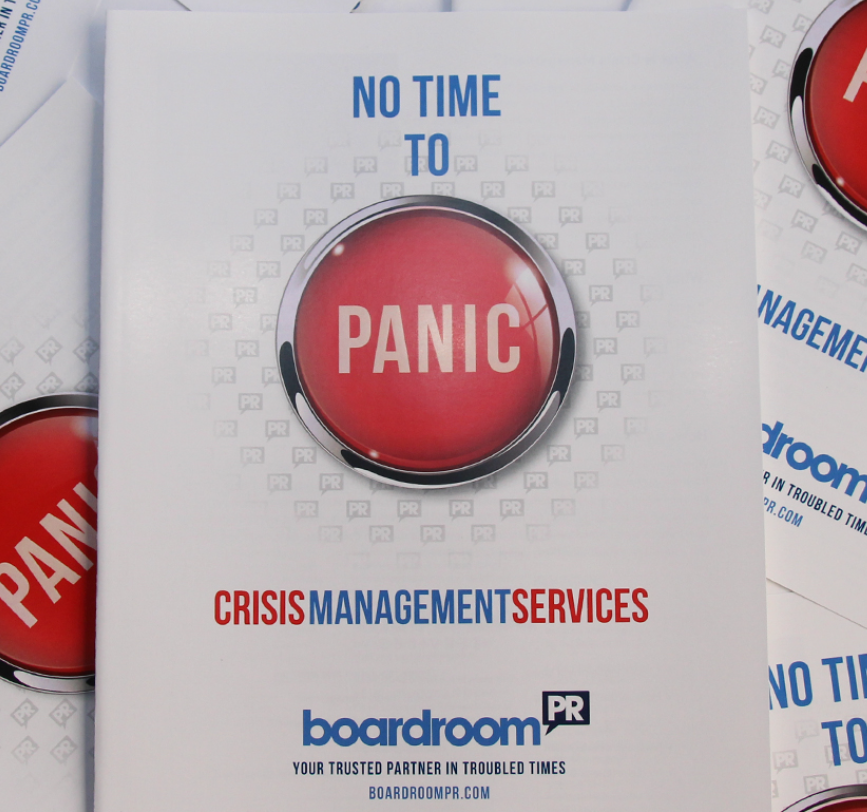Inflation Drives Up Cost of Living in Miami: An In-Depth Analysis
News Brief: May 17, 2024
Understanding Inflation and Its Implications
Inflation, a critical economic indicator, measures the rate at which the general level of prices for goods and services rises, thereby eroding purchasing power. The U.S. Federal Reserve, tasked with managing national monetary policy, closely monitors inflation through metrics such as the Consumer Price Index (CPI). David Wilcox, Director of the Federal Reserve’s Research and Statistics Division, elaborates that the CPI tracks the average change over time in the prices paid by urban consumers for a representative basket of goods and services.
South Florida Leads in Inflation Among Major Metro Areas
South Florida has emerged as the metropolitan area with the highest inflation rate among the 13 largest U.S. metro areas. The U.S. Bureau of Labor Statistics reported that the CPI for the Miami-Fort Lauderdale-West Palm Beach region rose by 4.5% over the 12-month period ending in April. This increase significantly outpaces the national average inflation rate of 3.4%.
José Torres, Senior Economist at Interactive Brokers, attributes this surge to heightened demand. “The robust appetite for the Southeast has pushed up living costs tremendously,” he noted.
Housing: The Primary Driver of Rising Costs
Housing costs remain the predominant factor driving the increase in the cost of living in South Florida. Both home ownership and rental prices surged by 7.2%. This trend reflects the heightened demand for housing, fueled by both domestic migration and international interest, exacerbating the existing housing market constraints.
Other Contributing Factors: Apparel, Transportation, and Recreation
In addition to housing, several other categories have significantly contributed to the overall cost of living increase in Miami. Apparel costs saw a substantial rise of 9.2%, reflecting shifts in consumer spending patterns and supply chain disruptions. Transportation costs also increased, with a 4.1% uptick overall, and private transportation costs climbing by 4.5%. Interestingly, used car and truck prices fell by 8.1%, providing some respite for consumers. Recreation costs rose by 6.7%, indicating increased spending on leisure activities as consumers seek to return to pre-pandemic lifestyles.
Food Prices: The Dichotomy of Dining Out Versus Eating at Home
The food index experienced a moderate increase of 0.8% over the past year. This was primarily driven by a 4.5% rise in the cost of dining out, reflecting higher labor and ingredient costs in the restaurant industry. In contrast, the cost of eating at home declined by 0.6%, as prices for several grocery items fell. Notably, cereals and bakery products saw a 4.8% decrease. However, the cost of nonalcoholic beverages and beverage materials increased by 5.7%, and fruits and vegetables rose by 2.1%. Frequent restaurant-goers in South Florida, who often pay up to $15 for an arepa, are acutely aware of these rising costs.
Energy Costs: A Mixed Picture
Energy prices presented a varied picture over the past year. The overall energy index fell by 5%, driven by an 11.1% drop in electricity costs. Meanwhile, the gasoline index saw a slight decline of 0.9%, and natural gas prices increased by 2.1%. These fluctuations reflect broader trends in energy markets and regional supply dynamics.
Interest Rates and Their Far-Reaching Effects
The national inflation rate of 3.4% remains above the Federal Reserve’s 2% target, delaying potential interest rate reductions. Higher interest rates have significantly impacted South Florida’s real estate market, leading to a nearly 15% drop in total residential transactions in March. Miami-Dade County experienced 372 fewer single-family home and condo sales compared to the previous year, while Broward County saw 2,049 fewer home sales. This data, reported by the Miami Association of Realtors, underscores the cooling effect of elevated borrowing costs on the housing market.
Impact on Hotel Construction and Broader Economic Activity
Higher interest rates have also affected hotel construction in South Florida, potentially delaying the opening of new hotels. This slowdown could influence the hospitality industry, a vital sector for the region’s economy, impacting tourism and related services.
Comparative Inflation Rates: Miami vs. Latin America
Interestingly, some Latin American countries have fared better than Miami in terms of inflation. Brazil reported a 3.69% inflation rate for the 12 months ending in April, while Chile experienced a 4% rate. Colombia, although higher at 7.2%, marked a steady decrease and the lowest inflation rate in over two years. These figures highlight the varying economic conditions and inflationary pressures faced by different regions.
Core Consumer Price Index: A More Comprehensive Measure
For Miami, excluding food and energy costs, the core Consumer Price Index—considered by many economists to be a more accurate measure of underlying inflation—rose by 5.8%, compared to the national increase of 3.6%. This higher core inflation rate reflects broader and more persistent price increases in the region, affecting a wide range of goods and services.
Miami Inflation Compared to Other Major Metro Areas
Among the major metropolitan areas measured in April, Miami recorded the highest inflation rate, edging out Seattle, which saw a 4.4% increase. New York and San Francisco both reported a 3.8% rise, while Chicago experienced a 3% increase. Most cities are assessed bi-monthly, and these figures underscore Miami’s unique inflationary pressures.
The rising cost of living in Miami, driven by housing, apparel, transportation, and other factors, presents significant challenges for residents and policymakers. While some categories, like used vehicles and home food costs, offer a silver lining, the overall trend underscores the need for strategic economic planning to manage inflation and support sustainable growth in South Florida. As Miami navigates these economic pressures, the focus will remain on balancing growth with affordability to maintain the region’s appeal and economic vitality.



